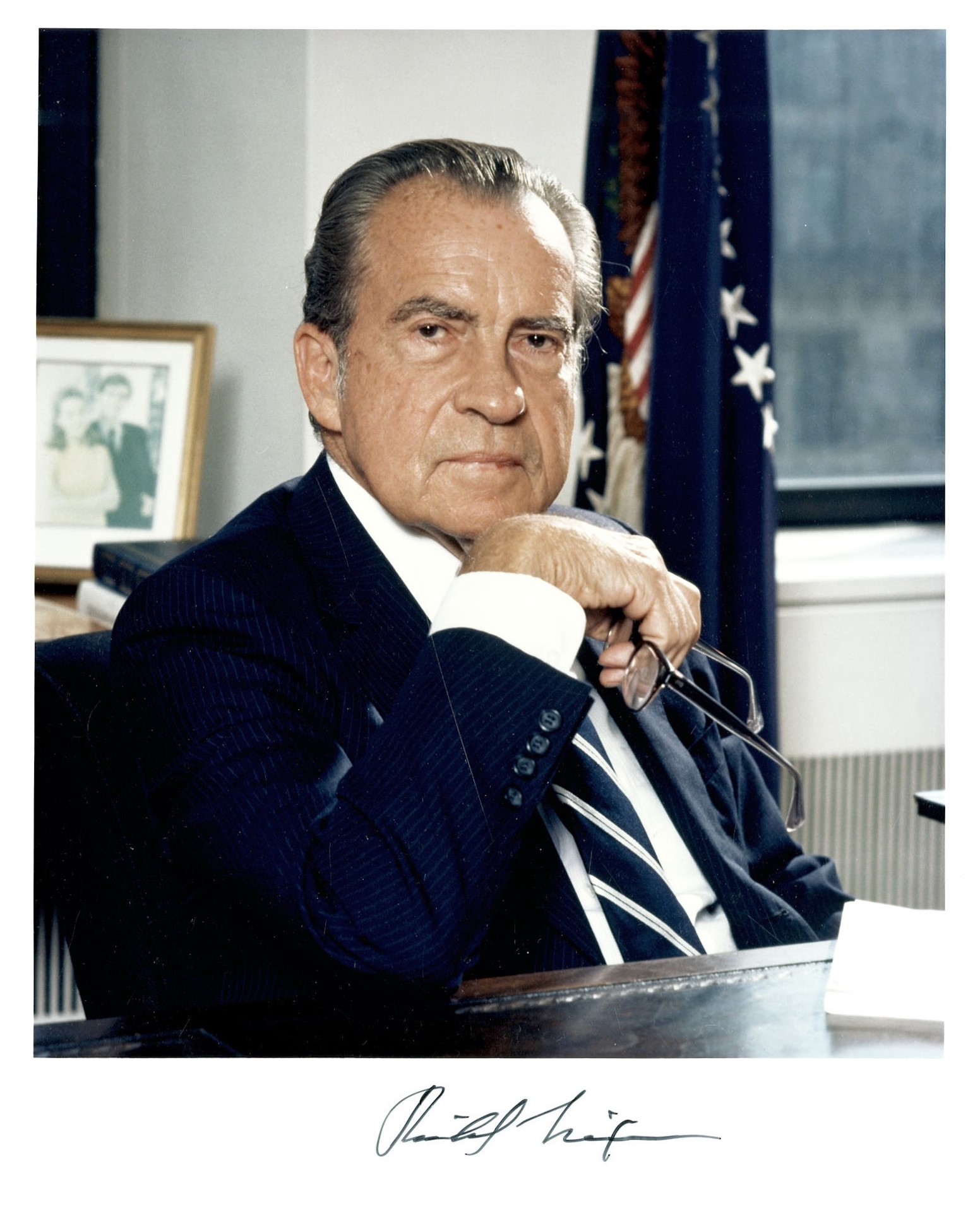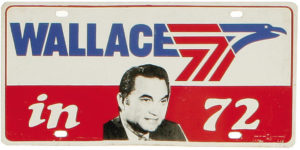
By Jim O’Neal
By the time 1972 rolled around, the presidential campaign was really a story about President Nixon’s growing invincibility. In the summer, every poll gave him about 60 percent of the vote and even his tremendous financial advantage – $60 million vs. $25 million for the Dems – had little to do with the probable outcome.
Nixon was elected four years earlier on a tide of protest against the Vietnam War, but ending it seemed to be taking an eternity. 17,000 more Americans had been killed while he was trying, but by the beginning of 1972, he had reduced U.S. troop levels from 550,000 to 139,000. Importantly, the Pentagon’s weekly casualty list of 300 had dropped to zero by Sept. 21, 1972.
The sum of Nixon’s skills was a united party, led by a nominee who was now identified as the candidate of peace and détente. He had two superfluous opponents for the GOP nomination and one, Paul “Pete” McClosky from California, became an arcane trivia answer by winning 1 delegate while Nixon swept up all the rest … 1,347.
The convention stagecraft was awesome and Nixon had eliminated all the suspense by announcing his intention to keep Spiro Agnew on the ticket as his VP. (Agnew won 1,345 votes vs. one for TV journalist David Brinkley; NBC staffers quickly started wearing “Brinkley for Vice President” buttons as a joke.)
This marked the fifth time Nixon had been on the ballot – in 1952 and 1956 for VP, and in 1960, 1968 and 1972 for president. This tied FDR, who had one VP (1920) and four straight as president (1932-1944). Ronald Reagan chaired the convention and Nelson Rockefeller put Nixon’s name in nomination. GOP speakers touted their unity and hammered at the disarray on the other side.

The Democrats were still absorbed in savage internecine feuds and the battle to head the party was a melee. George McGovern very adroitly managed to make himself a dark horse to keep the glaring national spotlight off his nascent campaign. In the Florida primary, facing 11 presidential candidates, George Wallace was the big winner as a surprise candidate. He loudly crowed, “We beat all the face cards in the Democratic deck!”
By the middle of May, Edmund Muskie was out of it and the marathon was narrowing to a three-way contest between Wallace, McGovern and Hubert Humphrey. Then in May 1972 while in Maryland, Wallace was hit by a brick in Frederick, eggs in Hagerstown and six bullets in Laurel. He won both Michigan and Maryland, but for him, wounded and paralyzed, it was all over.
Then Humphrey proceeded to destroy McGovern’s chances by pointing out his quixotic stands on Israel, defense spending, welfare, labor law, unemployment compensation, taxation and even Vietnam. In three bruising debates, Humphrey obliterated any chances of McGovern to mount even a mild challenge to Nixon. The election was a blowout, with Nixon winning 49 states and nearly 62 percent of the popular vote.
McGovern rationalized his defeat by saying, “I want every one of you to remember that if we pushed the day of peace just one day closer, then every minute and every hour and every bone-crushing effort in this campaign was worth the entire effort.” I suspect he died on Oct. 21, 2012, still believing these self-delusional words.
At about the same time, the seeds of Watergate had been planted. A small unobtrusive dark cloud was forming somewhere in the atmosphere, and it would end up unraveling the entire Nixon presidency and legacy. The arc of fate is long and never-ending.
 Intelligent Collector blogger JIM O’NEAL is an avid collector and history buff. He is president and CEO of Frito-Lay International [retired] and earlier served as chairman and CEO of PepsiCo Restaurants International [KFC Pizza Hut and Taco Bell].
Intelligent Collector blogger JIM O’NEAL is an avid collector and history buff. He is president and CEO of Frito-Lay International [retired] and earlier served as chairman and CEO of PepsiCo Restaurants International [KFC Pizza Hut and Taco Bell].
